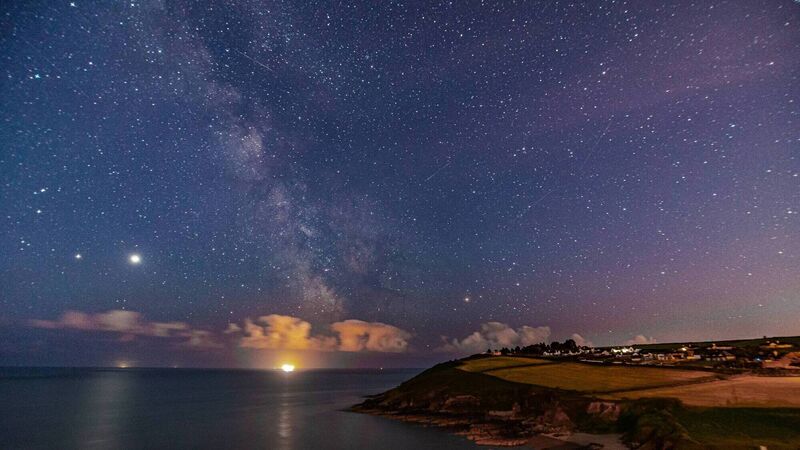Sky Matters: If we didn't orbit the sun we would live in an endless night

September sees the transition from summer to autumn in the northern hemisphere. While meteorological autumn starts on September 1, astronomical autumn begins on September 21 at the autumnal equinox. On this day the Sun appears to be directly over the equator and the days and nights are of equal length across the globe. It hasn’t always been this way, however. The very early Earth, around 4.5bn years ago, is believed to have had its axis of rotation vertically upwards. But in a cataclysmic collision with a Mars-sized object, the axis was tilted by 23.5 degrees and it remains at this angle to this day. As the Earth settled into its “new normal” (to borrow a phrase from our present era) our seasons were born. A smaller collision would have resulted in a smaller tilt and less pronounced seasons. A larger collision could have resulted in the complete destruction of the Earth, but if our planet had survived, the tilt could have been larger and our seasonal variations would have been more pronounced. Plants and animals would have evolved to deal with greater extremes of heat and cold. Winters for much of the planet would have thrown life into an annual deep freeze the likes of which we have never seen. Given life’s capacity to survive in adversity, one can but wonder what fantastical creatures would have roamed this hypothetical tilted world.








